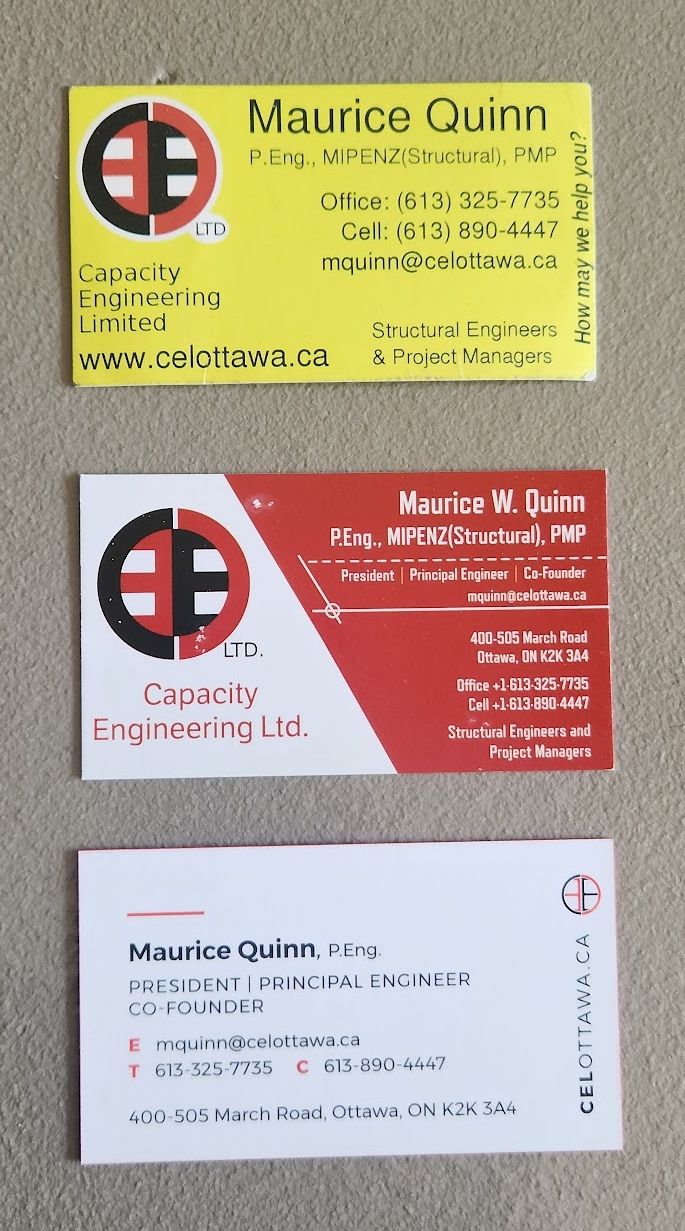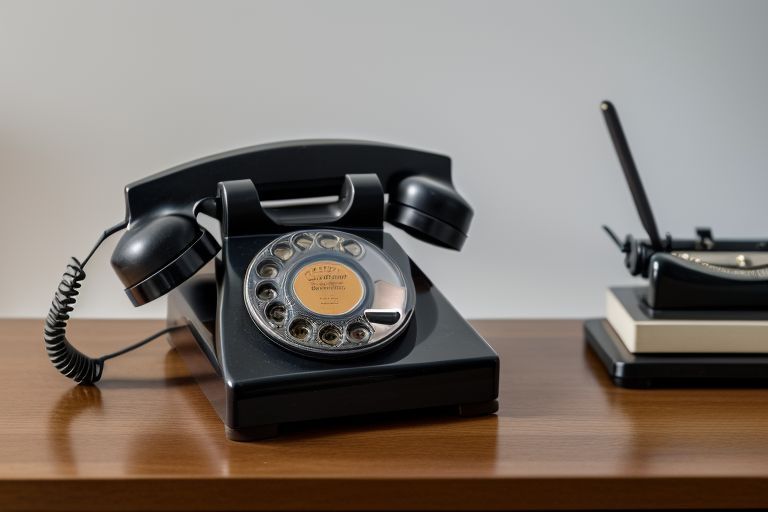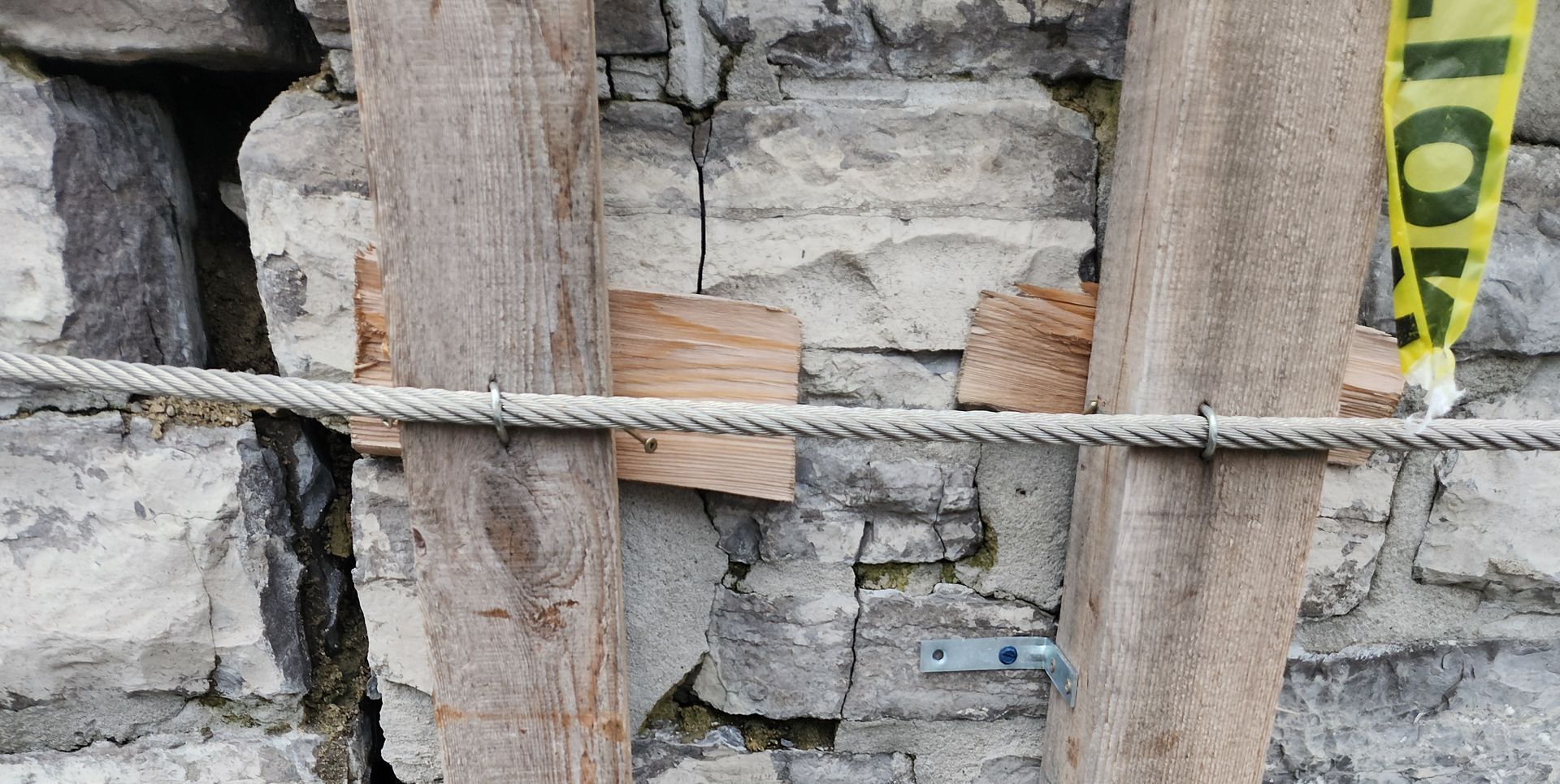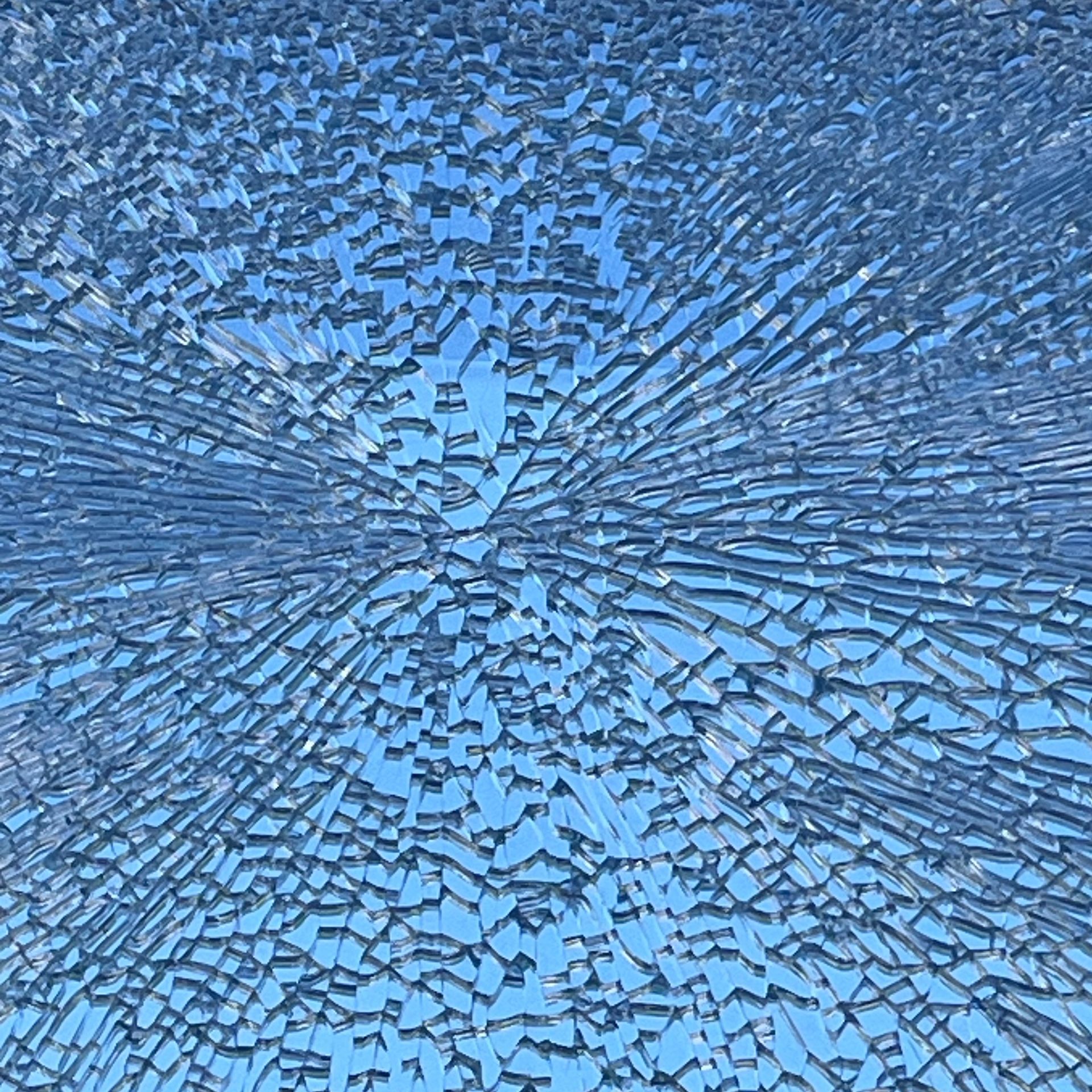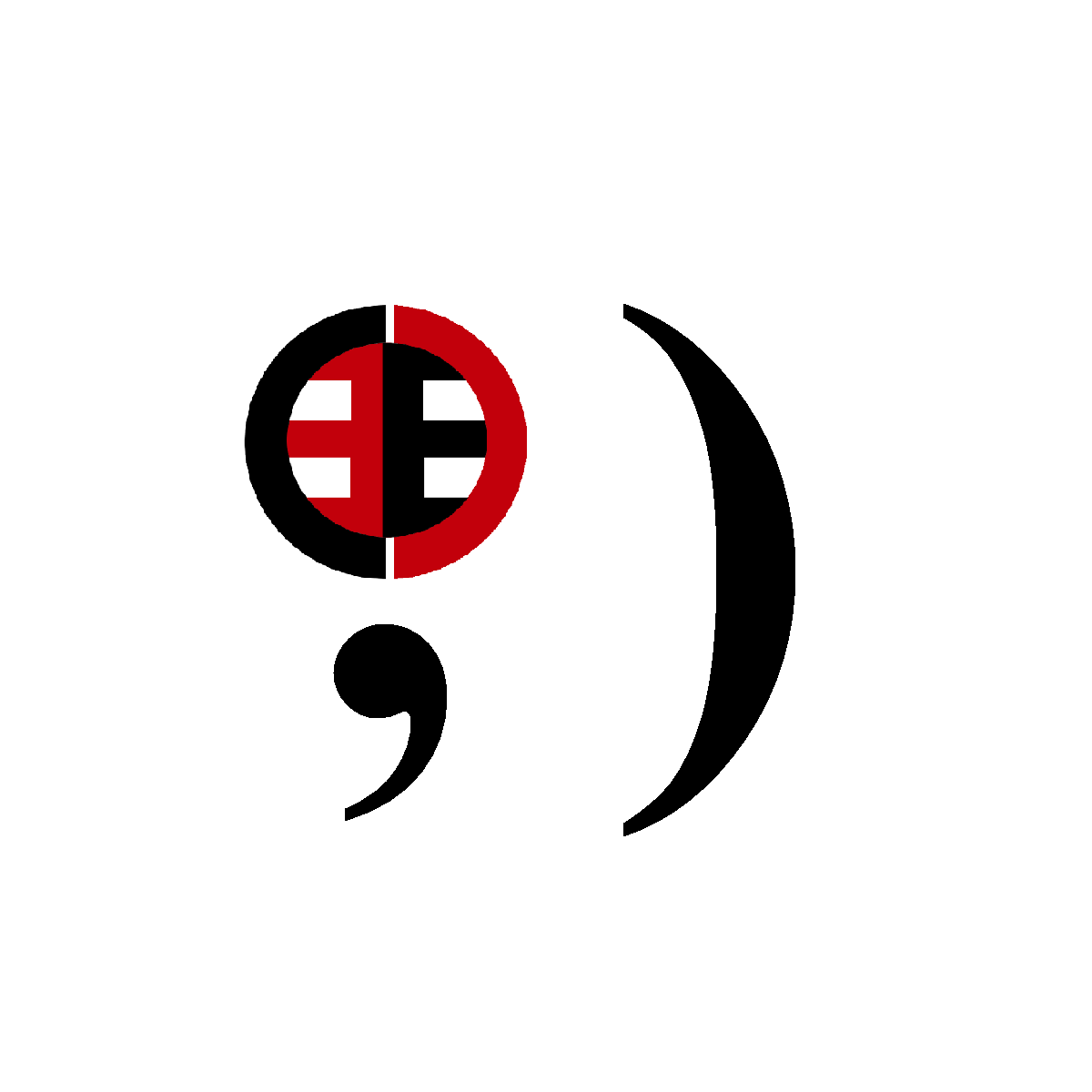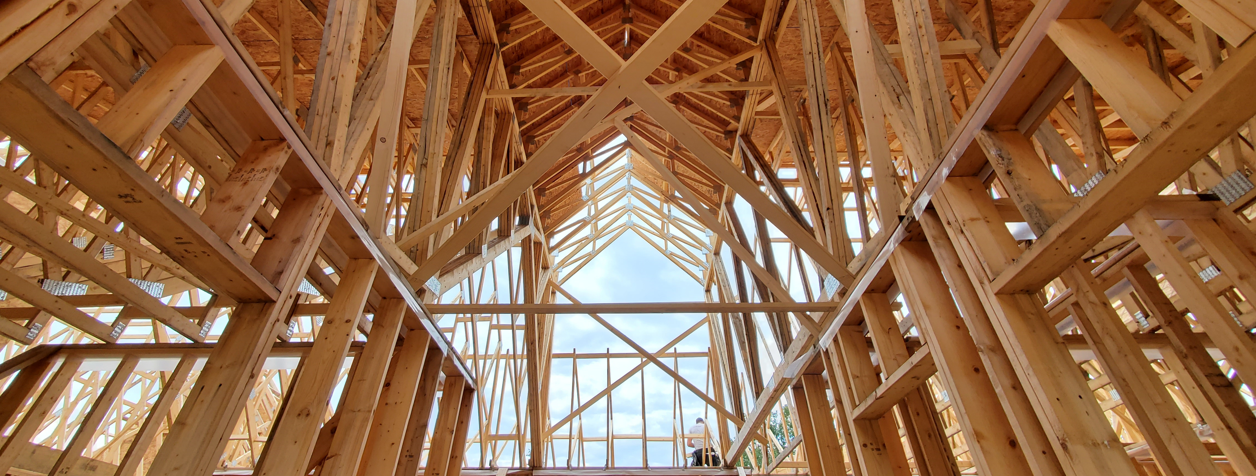R.E.S.P.E.C.T. – How much does an Engineer’s input mean?
R.E.S.P.E.C.T. – How much does an Engineer’s input mean?
Recently we’ve seen a push to move more of the engineering work onto the truss industry, or broadly speaking the lumber yards, who supply pre-engineered joists (generally APA-PRI series timber i-joists). Seems cheaper, right? After all, they often provide the designs of engineered elements for free…
Well, like most things in life, it isn’t that simple. It is an open secret within the engineering community that truss plates have problems. They can work their way out, they are a natural weak spot in the assemblies, and they are notoriously poor performers when subject to inappropriate handling on site. They also represent significant savings, and will continue to grow into more and more areas of timber frame construction, now even including studs. But is this trend truly to the benefit of most clients? To us it is in fact yet another example of needing to ensure the tool fits the task.
When reviewing shop drawings for a recent project, it was quickly noted that the steel beam sizes we designed had been swapped out to LVL by the lumber yard. That in an of itself was not strange, they are simply offering an option and trying to increase their sales after all, but this time came with a difference. The yard had annotated our drawings and stated that our beams would deflect excessively.
We take such situations very seriously. A second Senior Engineer was assigned to the file, and a thorough review was undertaken. The intern responsible for the work* was called upon to explain and defend their design. The project documentation was reviewed, and the veracity, thoroughness, and correctness of the calculations and original Second Set of Eyes (SSoE) was challenged and confirmed. In short, our design was right.
The matter was brought back to my desk, as I had been the original sealing engineer. I then had a better look at the work of the lumber yard. Turns out most of the new LVL sizes could, most charitably, be called “up selling”. In one case the new design had removed a column and resulted in a multi-ply 24″ deep (~600mm) LVL beam. That’s a heck of a lot of expensive timber, and particularly so when it is replacing a relatively light (and thus inexpensive) steel beam. Current pricing sees clients paying around $2.50 a pound for steel including the fabrication labour. An LVL beam just isn’t always the right choice.
So what did our involvement in this project mean to the client? If we consider the balance of the project being the difference between what would have been purchased without our involvement and what has been purchased with our involvement, the client is paying approximately $12,000 less for the framing after our fees are paid. That’s not at all subtle. Now, clearly this is a larger home with exceptional spans, but the trend continues across many examples. Well engineered buildings have robust load paths, avoid issues which otherwise become all too common (ie: misuse of TECO “hanger” nails, galvanic corrosion, incomplete load paths, soft storey effects, etc.) and save the client time and money.
We specify trusses, LVLs, i-joists, and all the products available at a lumber yard routinely. They are excellent products and surely have their place… But when you’re holding a hammer, everything looks like a nail, and the good and talented staff of your local lumber yard will only sell you products based on lumber. That’s a hell of a set of handcuffs to put on your project!
So: What does an Engineer’s input mean?
Reliability
Economy
Safety
Professionalism
Experience
Constructability
Trust
Like many options clients have before them, an engineer isn’t always the right tool to add to your project team, but if you’re doing something unique or new, you’ll be well served to bring a Professional Engineer on side.
